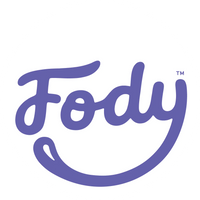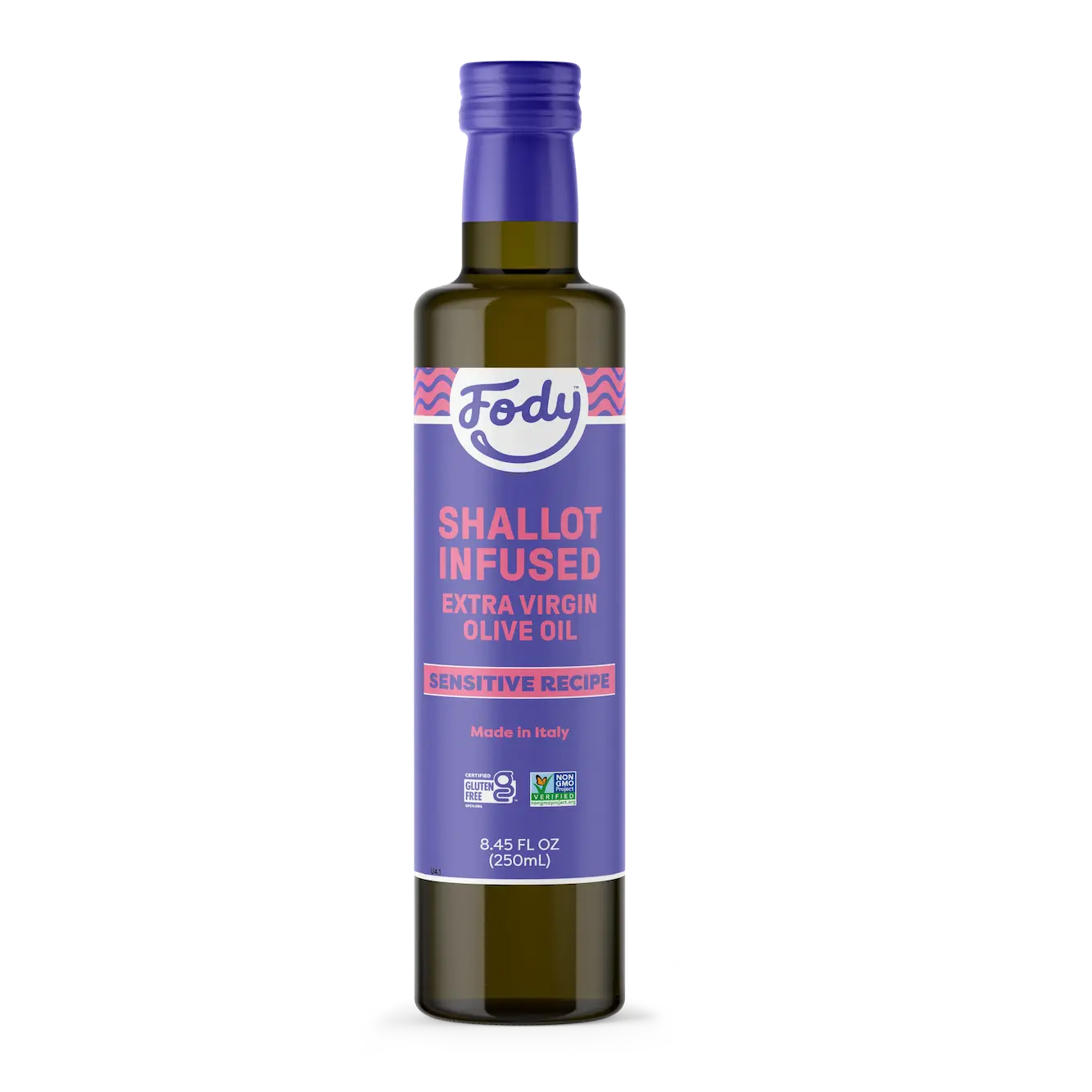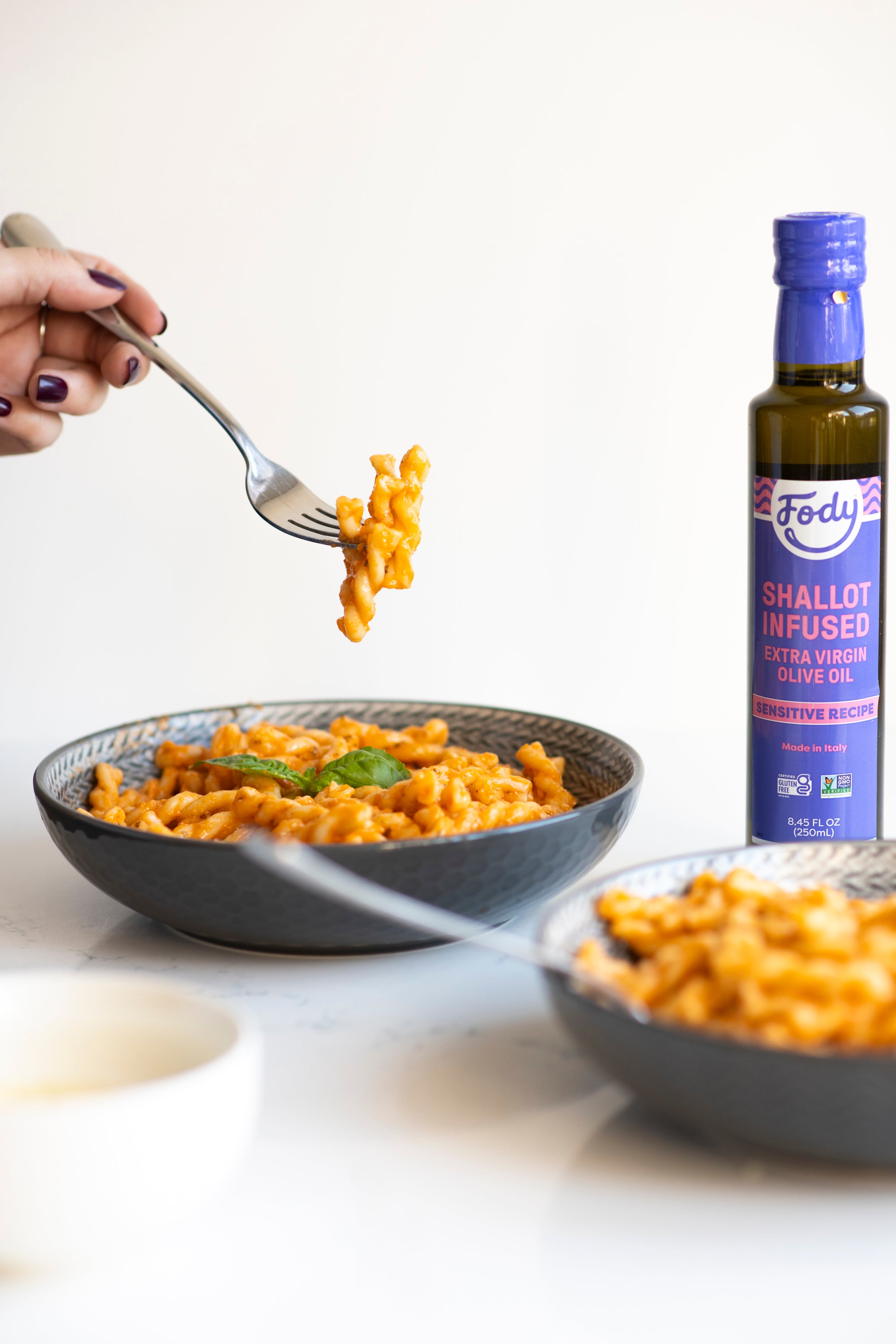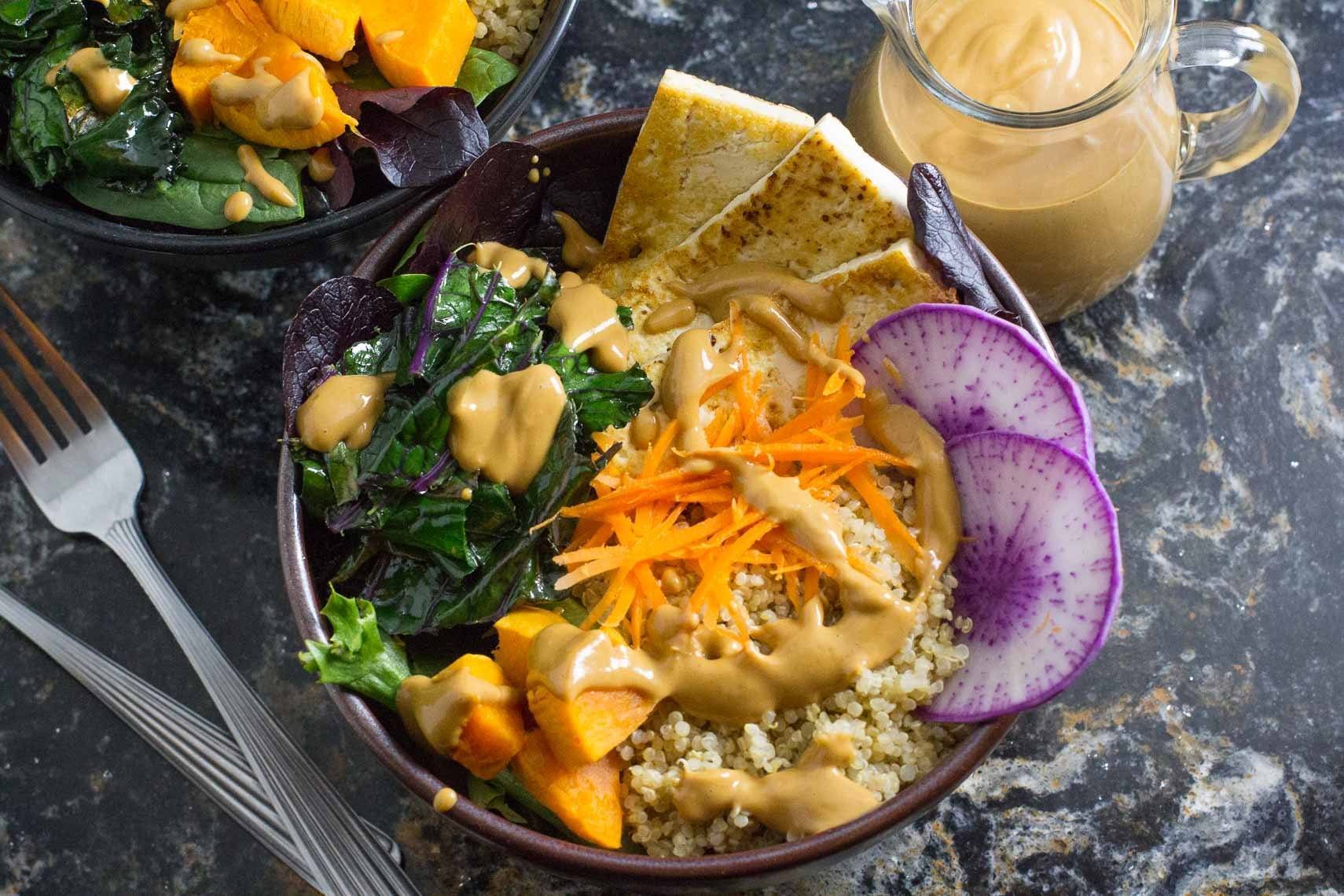

How to Make a Low FODMAP Nourish Bowl
Low FODMAP Nourish Bowl, Buddha Bowl, Grain Bowl, whatever you call them, they are everywhere and we love ‘em!
You have definitely seen these offerings on Pinterest and at your local whole-foods focused restaurant - there are even food trucks dedicated to this delicious food delivery system.
Just like it sounds, a Low FODMAP nourish bowl starts with a bowl to which you add grains, greens, veggies, protein and maybe even fruit. Nuts and seeds and tiny sprouts or savory sauces and dressing are the finishing touch. And who doesn’t like eating out of a bowl! This is healthy comfort food.
Once your cooked components are ready, it is simply a matter of assembly. Nothing could be easier, but… we are eating Low FODMAP, so we have to pay attention to portions of individual components and also of stacking FODMAPs. That’s when you have a certain amount of one food choice, and then add another item, and another, and the next thing you know you are putting them all in the same Low FODMAP nourish bowl, and the accumulated FODMAPs are just too much for your digestion to handle. We are providing you with a short list of the various components that go into a nourish bowl, but since the combinations are endless, and some might lead to stacked FODMAPs, we encourage you to consult your dietitian or healthcare provider to help guide you with serving sizes. Ready, set, go build your bowl!
Cooked Grains: Choose from rice, quinoa, millet or polenta or even cooked Low FODMAP pasta.
Vegetables: We like to choose at least 2 if not 3. Think about color and texture and of course, FODMAP stacking. Carrots have no detectable FODMAPs, so including them is a no-brainer. Kale and many lettuces have only trace amounts and make great bulk items. You can combine cooked and raw foods and also think about shape.
Aesthetics: Low FODMAP grain bowls are very much about aesthetics! Just Google “Low FODMAP nourish bowl” on Pinterest for some inspiration. How about some grated carrot in addition to some broccoli florets with a few cherry tomatoes alongside? Don’t forget that leftover cooked veggies from yesterday have their place, as well. Don’t overlook veggies that you might not use often: radishes, cooked eggplant, fennel, and of course you can have a little avocado!
Protein: This could be anything from limited amounts of canned, drained lentils or chickpeas, to leftover chicken, fish or steak from dinner the night before. A few shrimp, canned tuna, eggs of all sorts: hard-boiled and poached are perfect. Tofu and tempeh, bacon and any of the Low FODMAP cheeses add tons of texture and flavor.
Assembly: Arrange your cooked grain in a single serving size bowl. Cluster protein and veggies here and there and then top it all off with your choice of a tablespoon or two of (you have to watch FODMAPs) nuts, seeds, pomegranate seeds, raisins, dried cranberries, chopped herbs, scallion greens or chives. Some olives, capers or crumbled nori.
Top It Off: Get ready to drizzle a simple vinaigrette, Fody Salad Dressings, lactose-free yogurt, Low FODMAP pesto and/or some Low FODMAP hot sauce!
Low FODMAP grain bowls nourish your tummy and foster your creativity! They are not only delicious; they also build your awareness of FODMAPs that you can use in your everyday choices so that you can eat well and healthily every day of the week.
So, what are you waiting for?
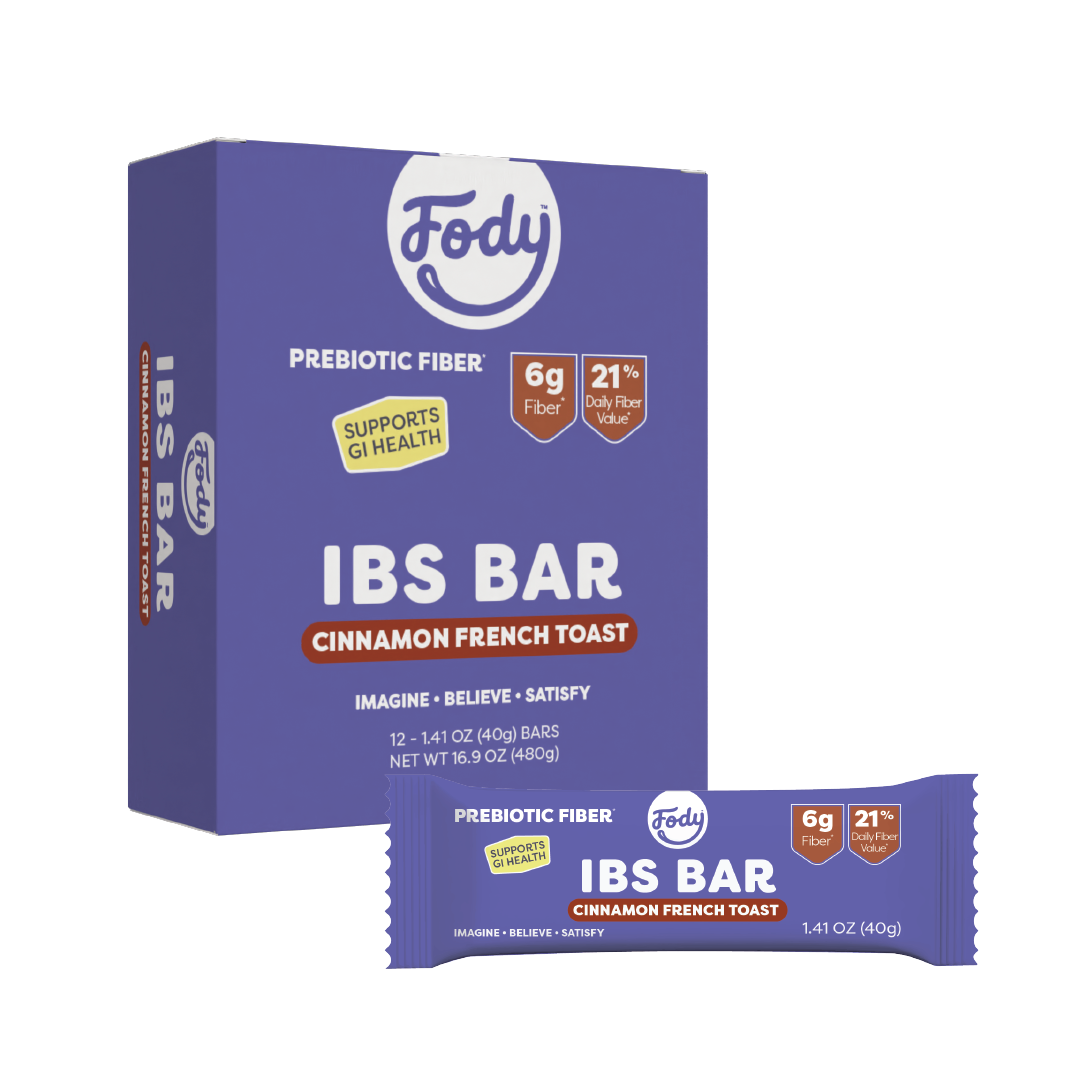
 Cinnamon French Toast High Fiber Snack Bar - 12 Pack
Cinnamon French Toast High Fiber Snack Bar - 12 PackCinnamon French Toast High Fiber Snack Bar - 12 Pack
$32.99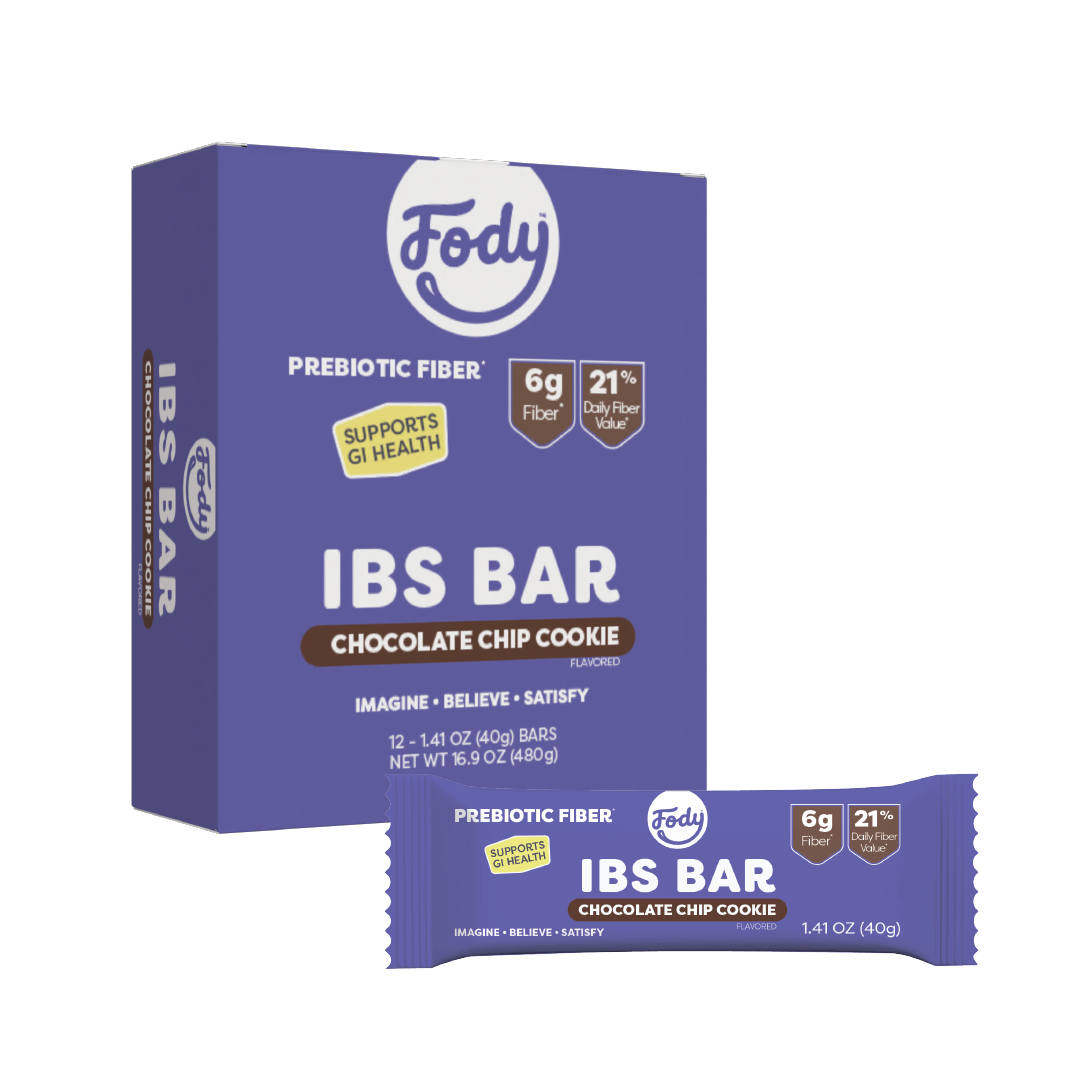
 Chocolate Chip Cookie High Fiber Snack Bar - 12 Pack
Chocolate Chip Cookie High Fiber Snack Bar - 12 PackChocolate Chip Cookie High Fiber Snack Bar - 12 Pack
$32.99
